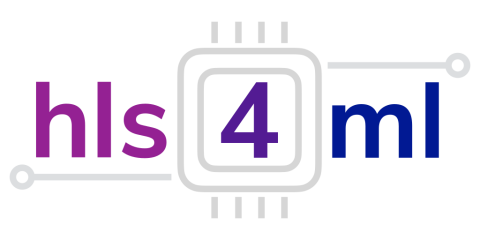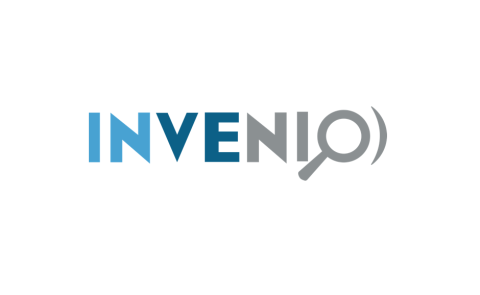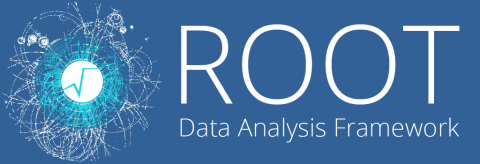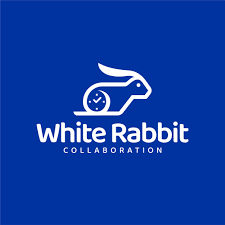Flagship Projects
Flagship Projects

What is it?
This software suite supports scientists to easily create, run, and visualise multidimensional agent-based simulations (be them biological, sociological, ecological, financial, ...). Built on top of the latest computing technologies, BioDynaMo is enabling users to perform simulations of previously unachievable scale and complexity, making it possible to tackle challenging scientific research questions.
Biological tissue simulation use case
BioDynaMo offers a general platform for computer simulations of biological tissue dynamics. It provides a service for other communities in the fields of biology and computational science, used to exchange ideas and simulation code. It is a software platform designed to easily create, run, and visualise 3D agent-based biological simulations. It can be used on standard laptops, desktop computers as well as high-performance computers to fully exploit different hardware platforms for computational biology research.
Links:
https://www.biodynamo.org/home-page
https://kt.cern/kt-fund/projects/biology-dynam

What is it?
CERN Virtual Machine File System (CERN VM-FS) is a web-based, global versioning file system optimised for software distribution. The file system content is installed on a central web server from where it can be mirrored and cached by other web servers and web proxies. File system clients download data and meta-data on demand and cache them locally. Data integrity and authenticity is ensured by cryptographic hashes and digital signatures.
Market data analysis use case
Jumptrading, a leading international quantitative research company uses this open-source software for small file distribution and accessing market data archives. In 2022, CERN and Jumptrading began investigating together how the speed and scalability of the CERNVM-FS software can be improved, benefitting the wider open-source community using the software.
Link:
https://knowledgetransfer.web.cern.ch/technologies/cern-vm-fs

What is it?
hls4ml is a Python package for machine learning inference in FPGAs. We create firmware implementations of machine learning algorithms using a high-level synthesis language (HLS). We translate traditional open-source machine learning package models into HLS that can be configured for your use-case.
Automotive use case
How quickly can a computer make sense of what it sees without losing accuracy? And to what extent can AI tasks be performed in hardware with limited computing resources? Aiming to answer these and other questions, car-safety software company Zenseact, founded by Volvo Cars, sought out CERN’s unique capabilities in real-time data analysis to investigate applications of machine learning to autonomous driving.
Links:
https://fastmachinelearning.org/hls4ml/
https://home.cern/news/news/knowledge-sharing/colliding-particles-not-cars-cerns-machine-learning-could-help-self

What is it?
Indico is a comprehensive, web-based event management tool developed by CERN. It offers a range of features for organising conferences, meetings, and workshops, including hierarchical content management, abstract and paper reviewing, customisable registration forms, integration with payment systems, and video conferencing solutions. Indico is extensible through plugins and is open-source under the MIT License, making it a flexible and powerful solution for various event management needs.
Links

What is it?
Invenio, the integrated digital library and repository system, is a suite of applications which provides the framework and tools for building and managing an autonomous digital library server. The technology offered by the software covers all aspects of digital library management. It complies with the Open Archives Initiative metadata harvesting protocol (OAI-PMH).
Library technology use case
TIND is a startup and CERN spinoff operating in library technology solutions. TIND's products and services are built on the foundation of the Invenio digital library framework, an open-source technology born at CERN.
Links:

What is it?
ROOT is a general-purpose framework that provides an object-oriented set of tools with all the functionality needed to handle and analyse large amounts of data in an extremely efficient way. It defines the data as a set of objects, and then specialised storage methods are used to get direct access to the separate attributes of the selected objects, without having to touch the bulk of the data.
Market surveillance use case
CERN has started a unique collaboration with leading market-surveillance experts to explore how particle physics could help to build future manipulation-detection techniques.
Links:
https://root.cern/
https://home.cern/news/news/knowledge-sharing/physics-finance-how-can-cern-tools-help-uncover-market-manipulation

What is it?
Rucio is a project that provides services and associated libraries for allowing scientific collaborations to manage large volumes of data spread across facilities at multiple institutions and organisations. Rucio was originally developed to meet the requirements of the high-energy physics experiment ATLAS, and is now continuously extended to support the LHC experiments and a diverse range of other scientific communities.
Scientific data management use case
Rucio serves the data needs of modern scientific experiments. Large amounts of data, countless numbers of files, heterogeneous storage systems, globally distributed data centres, monitoring and analytics. RUCIO is used by many scientific institutions including for example DUNE, LIGO, VIRGO, SKA and many others around the world, but also was a helpful tool during the Covid19 pandemic.
Links:
https://rucio.cern.ch/
https://kt.cern/article/cern-and-lhc-experiments-computing-resources-global-research-effort-against-covid-19

What is it?
White Rabbit provides sub-nanosecond accuracy and a precision of a few picoseconds in the synchronisation of large distributed systems. It also allows for deterministic and reliable data delivery. White Rabbit enables you to precision time-tag measured data and lets you trigger data taking in large installations while using the same network to transmit data.
Use case
At CERN, particles circle the LHC over 11000 times per second. This means components in the accelerator complex require extreme timing accuracy and synchronisation down to 10 picoseconds. White Rabbit (WR) is a protocol for monitoring and controlling devices based on industrial networking technology, made available as open-source hardware and software. Yet this technology is now also used in many cases outside CERN, for example in state-of-the-art network time synchronisation by the Deutsche Börse Group.
Links:
https://white-rabbit.web.cern.ch/
https://www.deutsche-boerse.com/dbg-en/products-services/ps-technology/ps-connectivity-services/ps-connectivity-services-time-services
